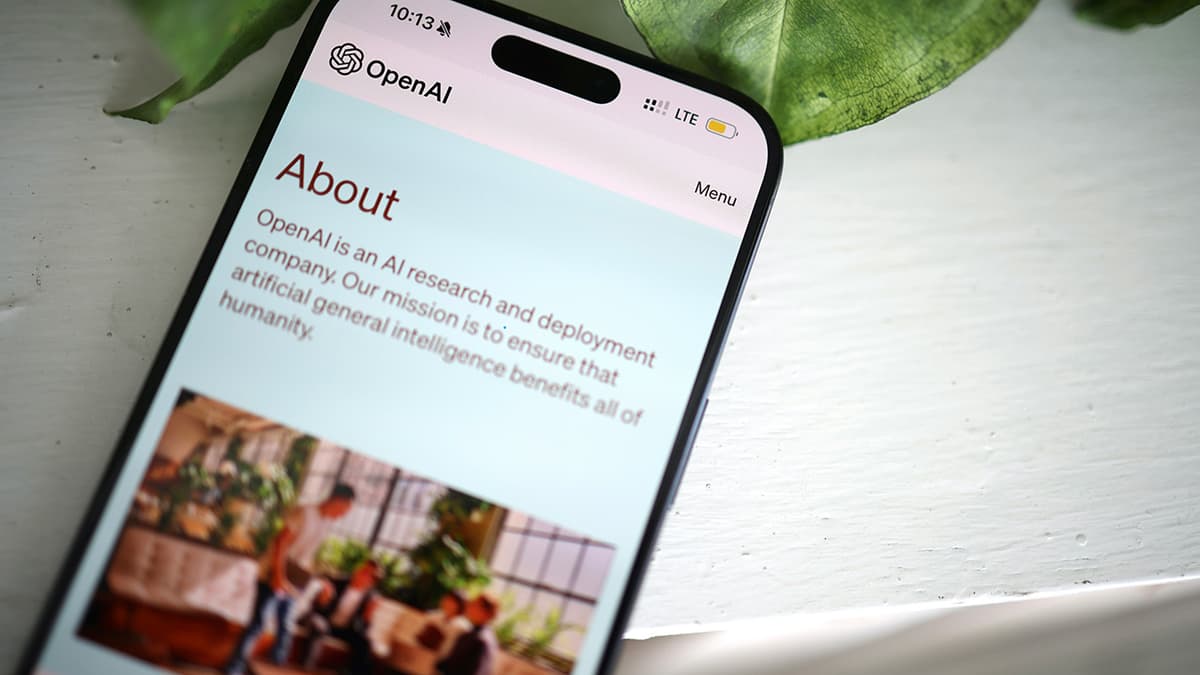What is the Difference Between "Voy" and "Voy a" in Spanish?
When learning Spanish, students often encounter the phrases "voy" and "voy a." Both are related to the verb "ir," which means "to go." But they are used in different contexts. Let’s break them down clearly so you can use them correctly.
What Does "Voy" Mean?
"Voy" is the first-person singular form of "ir" in the present tense. It translates simply to "I go" or "I am going." You use "voy" when you want to describe an action of going to a place.
For example:
- Voy al mercado. (I go to the market.)
- Voy a la escuela. (I am going to school.)
Here, "voy" conveys a direct action happening right now.
What Does "Voy a" Mean?
On the other hand, "voy a" is used to express an intention or a future action. It translates to "I am going to" in English. It indicates something you plan to do.
For example:
- Voy a comer. (I am going to eat.)
- Voy a estudiar español. (I am going to study Spanish.)
In these sentences, "voy a" emphasizes that you have an intention of doing something in the near future.
How to Use Them
To summarize the use of both phrases:
- "Voy" indicates a current action.
- "Voy a" expresses a future intention.
It's essential to use them correctly for clear communication.
Examples in Different Contexts
-
Current Action (Voy)
- Voy al cine esta noche. (I am going to the cinema tonight.)
- This sentence shows you are going right now or shortly.
-
Intention (Voy a)
- Voy a ver una película esta noche. (I am going to watch a movie tonight.)
- Here, you indicate your plan for later, focusing on your intention.
Common Mistakes
Many learners confuse "voy" and "voy a" because both refer to movement or plans. A common mistake is to use "voy" when discussing future plans. If you are talking about what you will do later, always use "voy a."
Quick Reference
-
Use "Voy" for:
- Current actions.
- Immediate movement.
-
Use "Voy a" for:
- Future intentions.
- Plans you want to express.
Mastering the difference between "voy" and "voy a" is essential for effective communication in Spanish. Practice these phrases in your conversations. This small step will help you sound more fluent and confident in your Spanish language skills.












